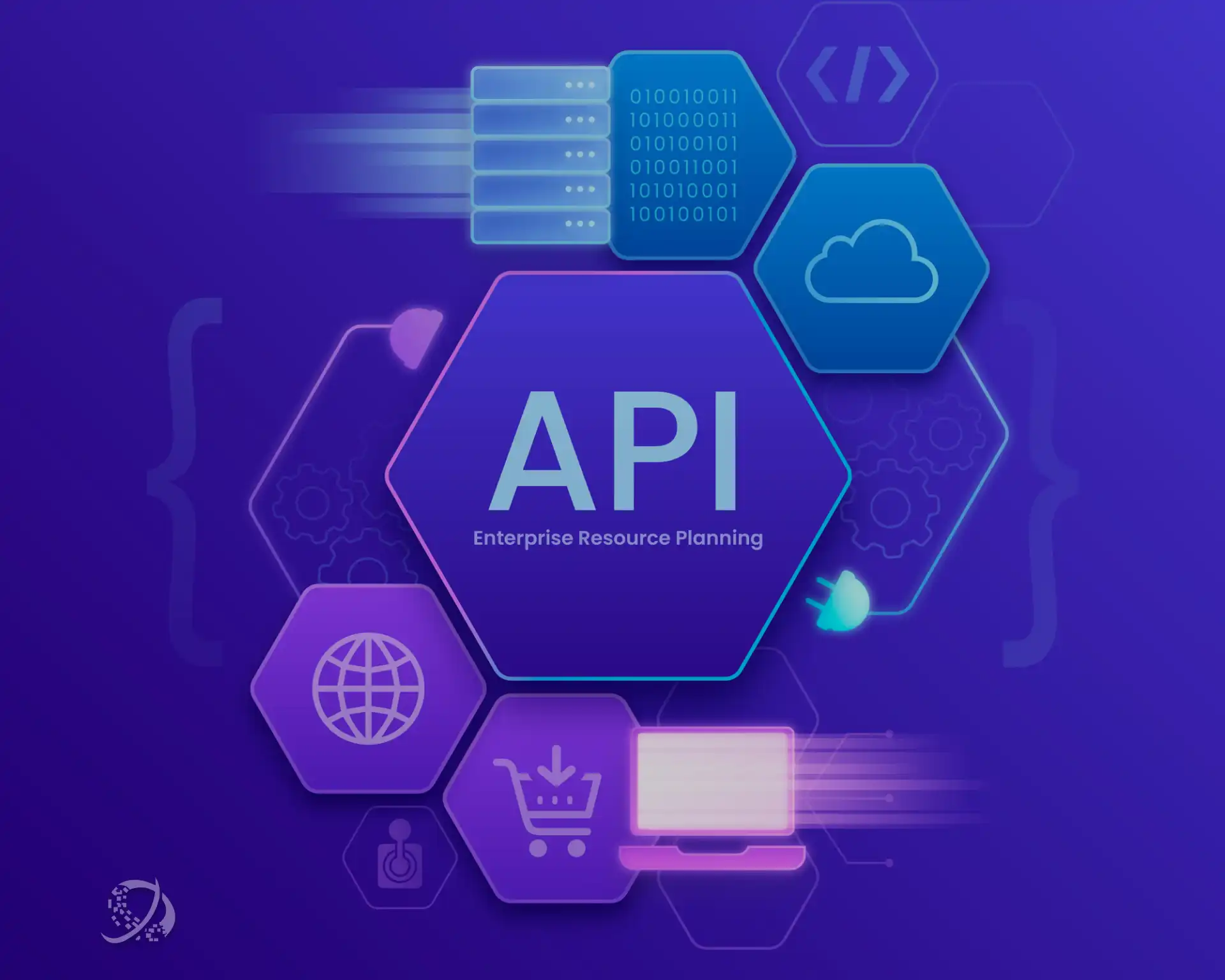Introduction
Laravel is widely regarded as one of the most powerful and developer-friendly PHP frameworks for building web applications and RESTful APIs. Its elegant syntax, extensive feature set, and robust community make it a go-to choice for modern API development. However, building a great API involves more than just writing functional code — it requires thoughtful design, clean architecture, and secure data handling.
Whether you’re a beginner or an experienced Laravel developer, it’s easy to fall into common traps that compromise the performance, security, and maintainability of your APIs. From exposing raw models and embedding business logic in controllers to skipping versioning and ignoring validation best practices, these missteps can cost you in the long run.
Build robust, clean, and secure Laravel APIs
Laravel makes API development easy and elegant. However, it’s also easy to make mistakes that lead to performance bottlenecks, inconsistent behavior, and security risks. This guide covers common Laravel API mistakes, complete with explanations and code examples to help you write better APIs.
Returning Raw Eloquent Models
What’s wrong?
return User::find($id);
This may expose:
created_at,updated_atpasswordremember_token
Better approach: Use API Resources
php artisan make:resource UserResource
public function store(Request $request, UserService $userService)
{
$user = $userService->create($request->all());
return new UserResource($user);
}
public function toArray($request)
{
return [
'id' => $this->id,
'name' => $this->name,
'email' => $this->email,
];
}
return new UserResource(User::find($id));
Mixing Business Logic in Controllers
What’s wrong?
Controllers should handle HTTP requests—not business logic. Keeping logic here makes code hard to test and maintain.
public function store(Request $request)
{
$user = User::create($request->all());
Mail::to($user->email)->send(new WelcomeMail($user));
}
Better approach: Delegate to a Service class
// app/Services/UserService.php
class UserService {
public function create(array $data)
{
$user = User::create($data);
Mail::to($user->email)->send(new WelcomeMail($user));
return $user;
}
}
// UserController.php
public function store(Request $request, UserService $userService)
{
$user = $userService->create($request->all());
return new UserResource($user);
}

No API Versioning
What’s wrong?
APIs change. Without versioning, existing clients may break when you update your code.
Route::get('/users', [UserController::class, 'index']);
Use versioned route groups:
Route::prefix('v1')->group(function () {
Route::get('/users', [App\Http\Controllers\API\V1\UserController::class, 'index']);
});
You can later add:
Route::prefix('v2')->group(function () {
Route::get('/users', [App\Http\Controllers\API\V2\UserController::class, 'index']);
});
Inline Validation
What’s wrong?
```php
$request->validate([
'email' => 'required|email',
]);
Better approach: Delegate to a Service class
Use `FormRequest`:
bash
php artisan make:request StoreUserRequest
php
// StoreUserRequest.php
public function rules()
{
return [
'email' => 'required|email',
];
}
php
// Controller
public function store(StoreUserRequest $request)
{
// Validated automatically
}
Conclusion
Writing clean, efficient, and scalable APIs with Laravel goes far beyond making your code “work.” It requires attention to structure, clarity, and long-term maintainability. The mistakes outlined in this guide like returning raw models, mixing logic in controllers, or skipping API versioning are all common, but avoidable. By implementing best practices such as using API Resources, Service classes, Form Requests, eager loading, and proper exception handling, you can significantly improve the quality and reliability of your Laravel APIs. These changes not only enhance security and performance but also make your codebase easier to maintain, test, and extend as your project grows.
Discover Your Ideas With Us
Transform your business with our Web Development solutions. Achieve growth, innovation, and success. Collaborate with our skilled development team today to revolutionize your digital presence!


